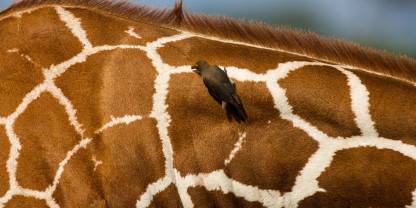
Climate Chart Buffalo Springs National Reserve – 835-994m / 2,740-3,261ft
Buffalo Springs National Reserve has a hot and dry climate. Nights are usually cool. The average daytime temperature is 30°C/86°F, while the average nighttime temperature is 17°C/63°F. It is advisable to take warm clothing for early-morning . The annual rainfall is low but peaks in April and November. Rain tends to fall as short, heavy showers, which are widely scattered.
Dry Season June to September
Days are sunny and hot. It is very dry, and there is almost no rain at all.
- June & July – It is hot and sunny. Afternoon temperatures are around 29°C/84°F.
- August & September – Daytime temperatures increase before the rain breaks. The average temperature in September is 30°C/86°F, but the peaks are much higher.
Wet Season October to May
The Wet season sees the short rains followed by the long rains. In between is a dry period during the months of January and February. Road conditions can deteriorate in April and May.
- October, November & December – ‘Short rains’ – The rains usually break sometime in October. November is a peak month for rainfall. It doesn’t often rain all day, but afternoon storms can be expected. The average daytime temperature is 30°C/86°F.
- January & February – This is a dry spell between the short and long rains. The exact timing is unpredictable. February is the hottest month, with average afternoon temperatures of 31°C/88°F and higher peaks.
- March, April & May – ‘Long rains’ – The long rains usually break in mid- to late March. It seldom rains all day, but short afternoon showers can be expected. April is the wettest month. Afternoon temperatures are around 31°C/88°F.

